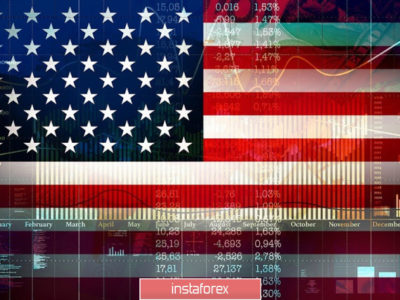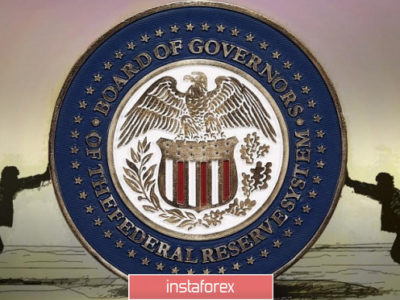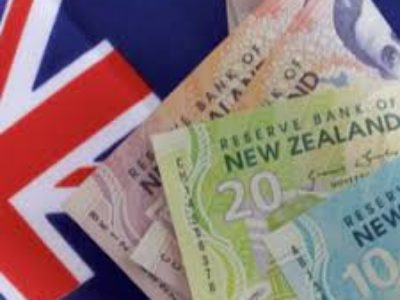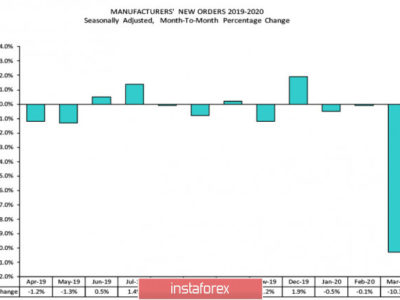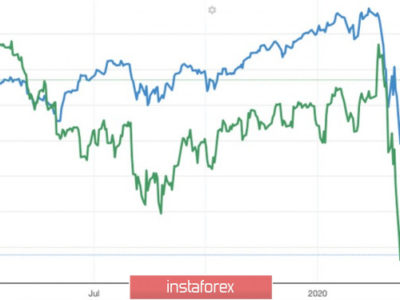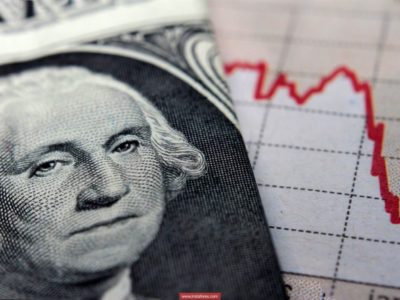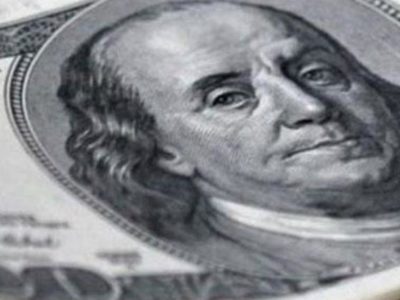Currency Update 4th of January
There is no trade call for the session. Start your week off on the right foot by reading my currency update below.
Currency Update:
USD: The dollar continues to be our strongest fundamental currency over the medium term. On December 16, the Fed raised its short-term borrowing rate 25 basis points to a range of 0.25% -0.50%. The vote was a resounding 10-0 in favor of the hike. The accompanying statement was relatively upbeat focussing on the marked improvement in the labour market. The Committee plans to assess incoming information with regards to future hikes, and stressed that tightening would be a gradual process. The Fed’s forecast for interest rates in 2016 were unchanged while 2017 predictions moved slightly lower. Yellen also specified that there would need to be actual improvements in inflation performance, “We really need to monitor over time actual inflation performance to make sure that it is conforming, it is evolving, in the manner that we expect,” she said.
EUR: The euro continues to be one of the weaker major currencies fundamentally due to the active easing cycle by the ECB. The central bank continued to tell markets they intended to re-examine QE at the December 3 meeting in light of subdued inflation. On December 3 the ECB cut the deposit rate by 10 bps as was expected, however what the central bank would do with it’s current QE program was always going to be more significant. Concerning the QE program, despite all the hype, the news was clearly at the less aggressive end of market expectations. Particularly the fact that there will be no increase in the €60 billion/month asset purchase program. The earliest cut-off date for the program was also extended from September 2016 to March 2017.
GBP: Sterling remains a strong currency in the long term, however the recent Quarterly Inflation Report prompted the market to push back the timing of the first rate hike due the the BOE admitting that inflation is likely to remain subdued for longer then previously anticipated. CPI inflation is now expected to remain below 1% until the second half of 2016. Wage growth has also started moving lower with average earnings for October at 2.4%. On December 10, the BOE kept rates on hold as was expected, there was no change to the bank rate votes, and QE remained steady at Stg 375 b. The minutes leaned to the dovish side showing that other than ultra hawk Ian McCafferty, there is no support for early tightening with the economic scenario at home and globally.
AUD: The Australian dollar is a neutral currency while the RBA remain on hold. The central bank is unlikely to cut interest rates until they see Q4 inflation data, which is not released until January 27. The RBA will remain on hold in February if inflation is not of concern. Private Capital Expenditure for Q3 was a big disappointment printing at -9.2%. On December 1 the RBA left rates unchanged at 2.00%, and did very little to change any language in the statement. The message was basically the same, the RBA sees signs of improvement in the non-mining economy, but accepts that with inflation low, there is scope to lower interest rates further in the future. There was no jawboning the AUD lower, and it said only that the currency “is adjusting to the significant declines in key commodity prices.” On December 2, September quarter gross domestic product beat expectations printing at 0.9% on the quarter and 2.5% for the y/y. The previous q/q figure was also revised slightly higher to 0.3% from 0.2%, and the previous y/y revised slightly lower to 1.9% from 2.0%. The employment situation has been excellent with both the October and November figures showing stellar gains of 58,000 and 71,000 jobs added respectively and the unemployment rate moving down to 5.8%.
NZD: The RBNZ cut rates for the fourth time in 2015 at the December 10 meeting but moved to a more neutral stance in their statement which supported Kiwi. Q3 data for both employment and inflation were much worse than expected, and dairy prices declined 3 out of the past 4 prints. On December 15 the GDT Index saw a small gain of 1.9%, its second consecutive increase. On December 16 GDP production for the quarter came in basically in line at 0.9%, as did the annual print at 2.3%.
CAD: The Canadian dollar is relatively neutral at present both fundamentally and sentiment-wise. There remains a possibility that the BOC will cut rates in 2016, however in the medium term, CAD direction will be a function of supply and demand of WTI.
JPY: The Japanese economy has failed to show any meaningful signs on recovery since the massive QQE program was implemented. The BOJ are watching CPI excluding food & energy to gauge underlying inflation trend. If underlying inflation does not pick up then the BOJ may have to increase the size of its QQE program yet again. On December 7 Japan’s Final GDP for Q3 beat expectations when it was revised higher to 0.3% from the first estimate of -0.2%, and better than the consensus 0.1%. CPI excluding food & energy: Nationwide, 0.70% for October y/y, down from a prior of 0.90%; Tokyo-area, 0.60% for November, up from a prior of 0.40%. The BOJ’s own measure, 1.20% for October. On December 18, the Bank of Japan kept its monetary policy unchanged as expected, leaving its key interest rate range at zero to 0.1%, and continuing to buy JGB’s at an annual pace of Y80 trillion. The BOJ did however did extend JGB duration starting next year to 7 to 12 years from 7 to 10 years, as well as announced the central bank will buy ETF’s and J-REITs. The BOJ said that the economy ” has continued to recover moderately, although exports and production have been affected by the slowdown in emerging economies.” The Core CPI is likely to remain around zero due to the decline in energy prices.
CHF: The franc is fundamentally a weak currency given the SNB’s negative interest rates, however it can suddenly rally on safe-haven flows. The SNB regularly recite that the franc is overvalued and they are prepared to intervene to weaken the currency. The franc’s direction is difficult to predict due to regular intervention by the SNB. On December 10, despite some speculation that the central bank would respond to recent ECB actions, the SNB kept rates on hold as was widely expected. The bank reiterated their usual stance that the franc is overvalued and they remain active in FX. interventions.
The post Currency Update 4th of January appeared first on Jarratt Davis.
Source:: Currency Update 4th of January

